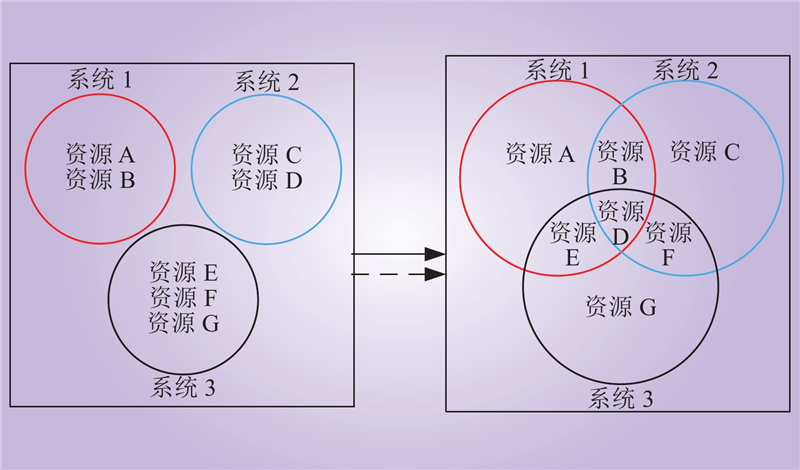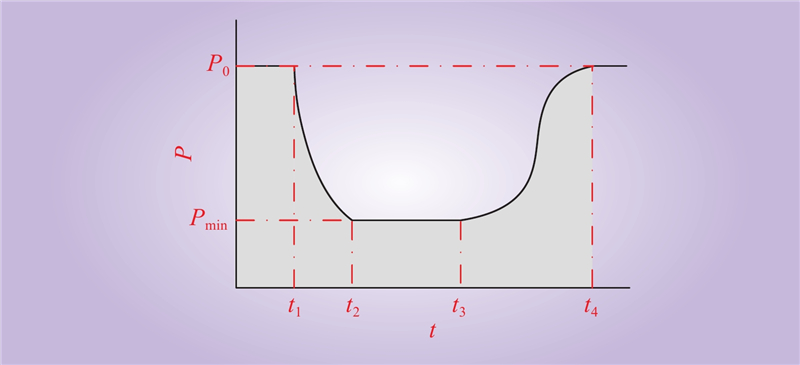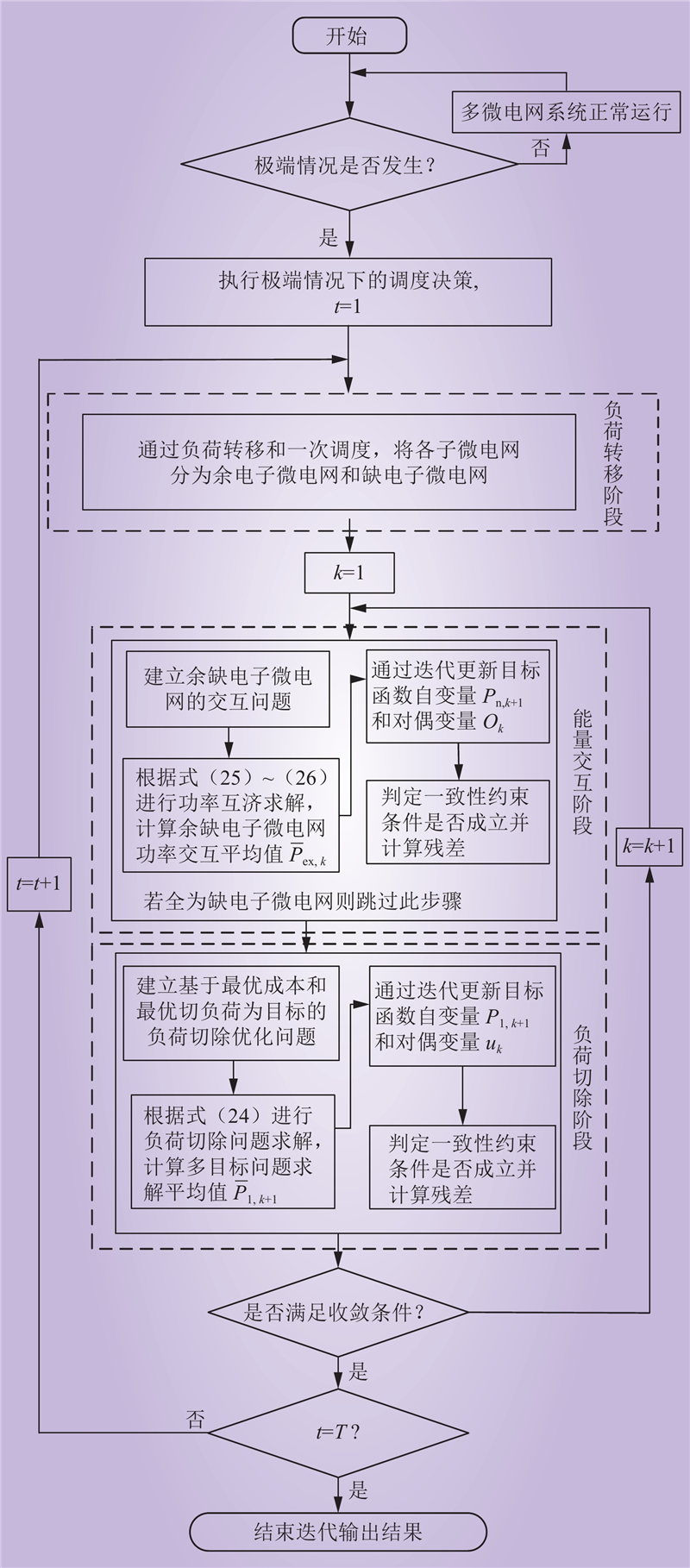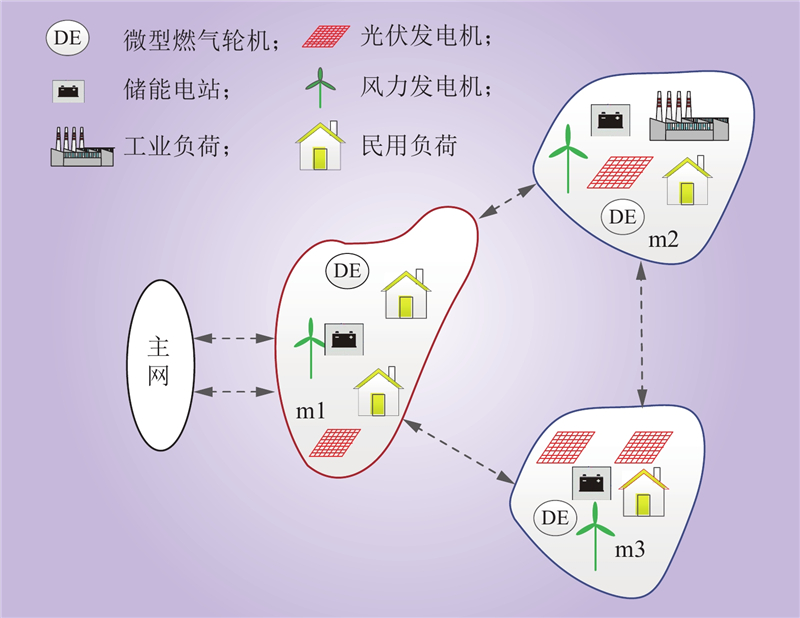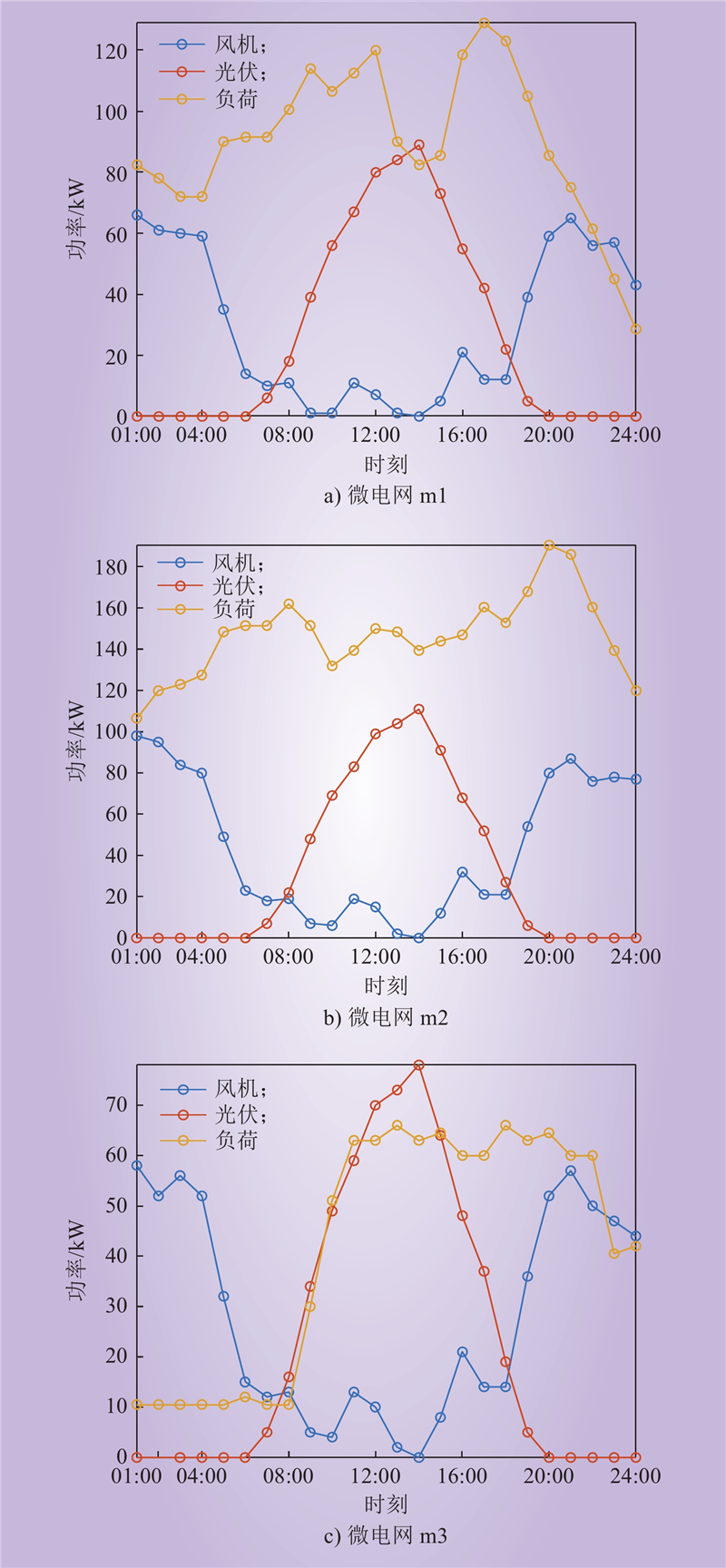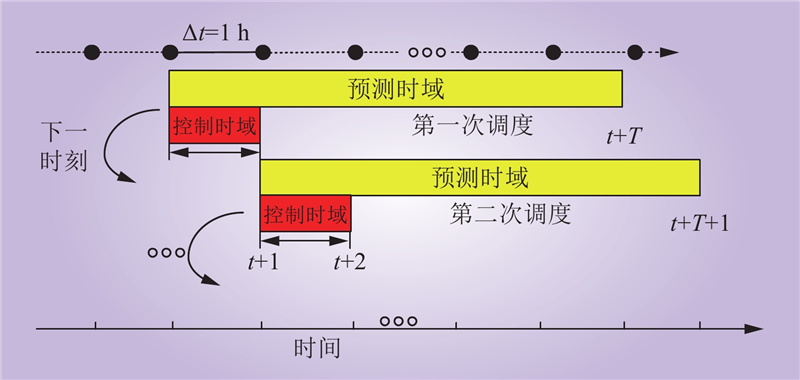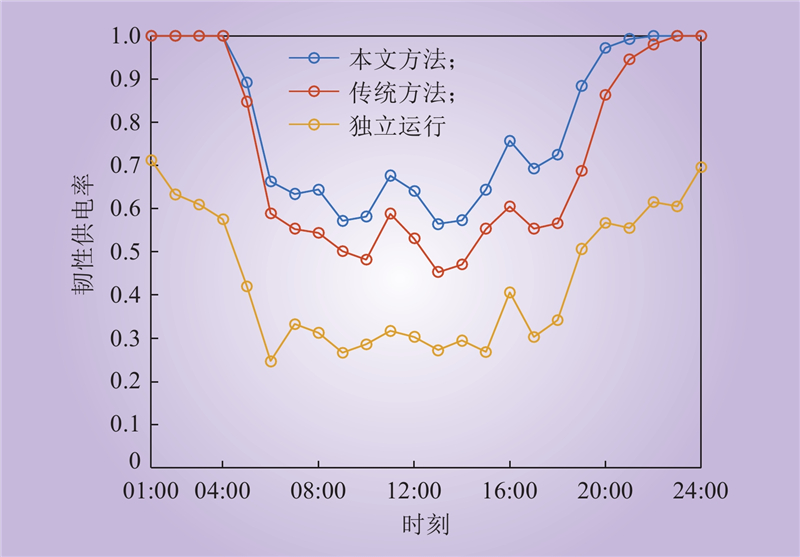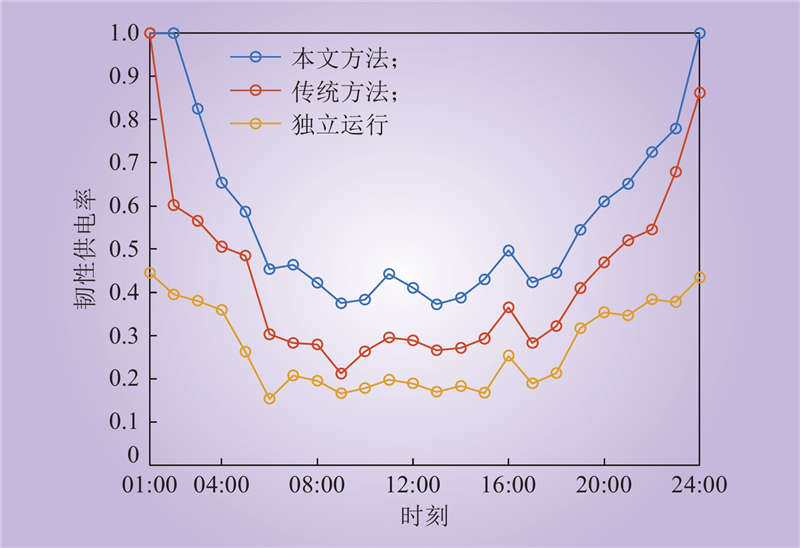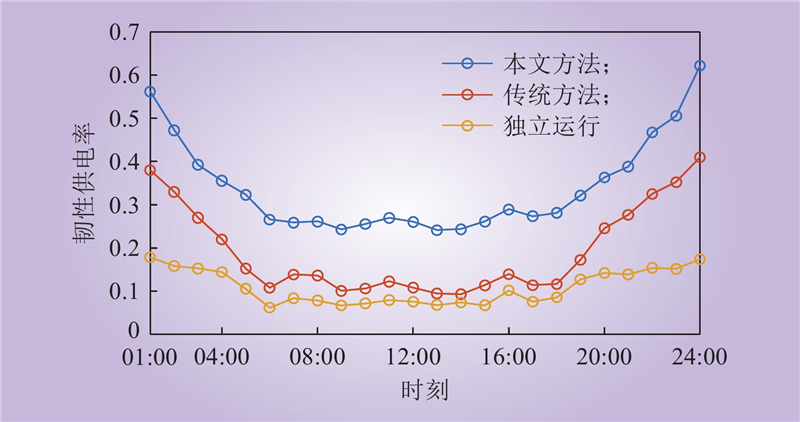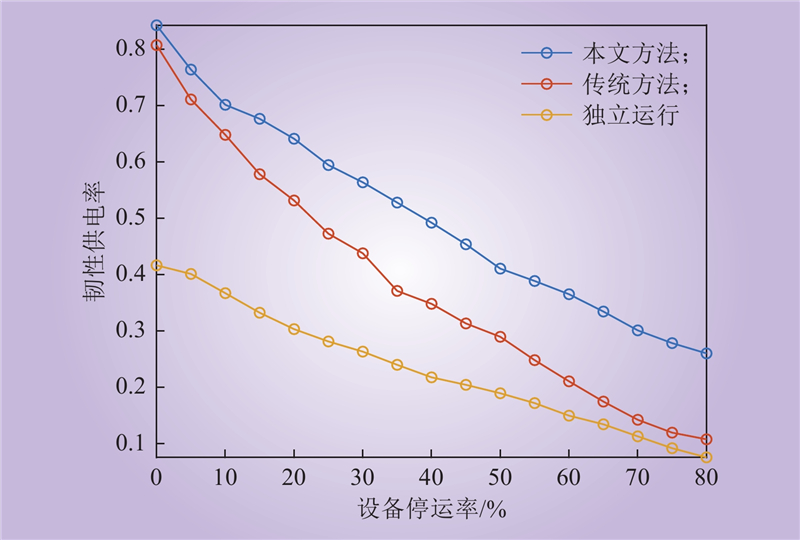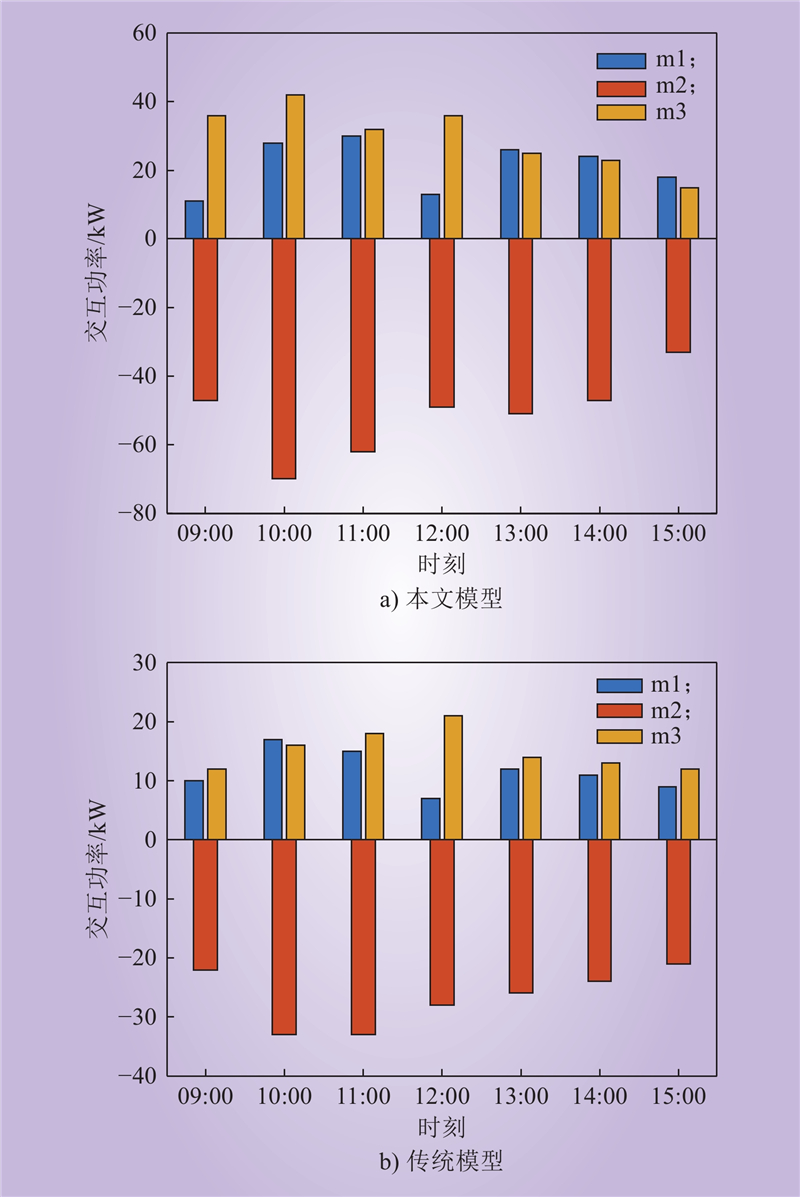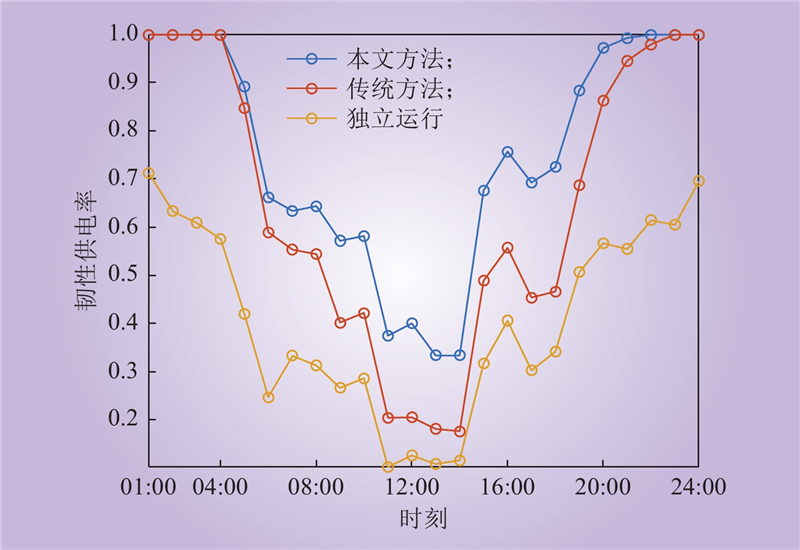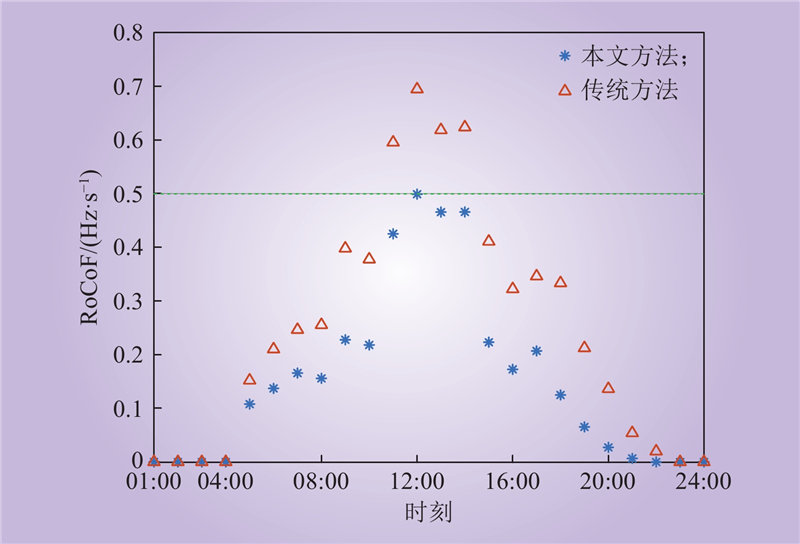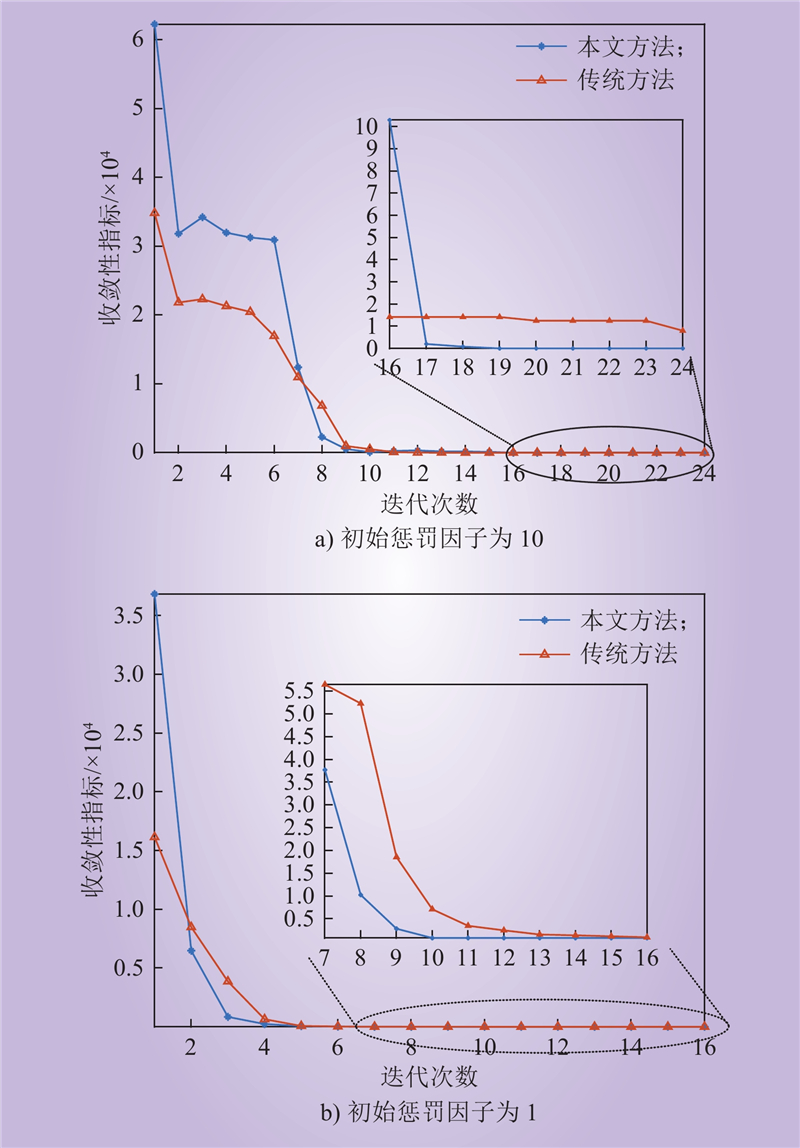| 1 |
阮前途, 谢伟, 许寅, 等. 韧性电网的概念与关键特征[J]. 中国电机工程学报, 2020, 40 (21): 6773- 6784.
DOI
|
|
RUAN Qiantu, XIE Wei, XU Yin, et al. Concept and key features of resilient power grids[J]. Proceedings of the CSEE, 2020, 40 (21): 6773- 6784.
DOI
|
| 2 |
张儒峰, 李雪, 姜涛, 等. 城市综合能源系统韧性评估与提升综述[J]. 全球能源互联网, 2021, 4 (2): 122- 132.
DOI
|
|
ZHANG Rufeng, LI Xue, JIANG Tao, et al. Review on resilience assessment and rnhancement of urban integrated energy system[J]. Journal of Global Energy Interconnection, 2021, 4 (2): 122- 132.
DOI
|
| 3 |
别朝红, 林雁翎, 邱爱慈. 弹性电网及其恢复力的基本概念与研究展望[J]. 电力系统自动化, 2015, 39 (22): 1- 9.
DOI
|
|
BIE Zhaohong, LIN Yanling, QIU Aici. Concept and research prospects of power system resilience[J]. Automation of Electric Power Systems, 2015, 39 (22): 1- 9.
DOI
|
| 4 |
梁海平, 石皓岩, 王岩, 等. 基于提升韧性的输电网灾后应急维修策略优化[J]. 中国电力, 2022, 55 (3): 142- 151.
|
|
LIANG Haiping, SHI Haoyan, WANG Yan, et al. Resilience-improving based optimization of post-disaster emergency maintenance strategy for transmission networks[J]. Electric Power, 2022, 55 (3): 142- 151.
|
| 5 |
孙佳航, 王小华, 黄景光, 等. 基于MPC-VSG的孤岛微电网频率和电压动态稳定控制策略[J]. 中国电力, 2023, 56 (6): 51- 60, 81.
|
|
SUN Jiahang, WANG Xiaohua, HUANG Jingguang, et al. MPC-VSG based control strategy for dynamic stability of frequency and voltage in islanded microgrid[J]. Electric Power, 2023, 56 (6): 51- 60, 81.
|
| 6 |
傅守强, 陈翔宇, 张立斌, 等. 面向韧性提升的交直流混合配电网协同恢复方法[J]. 中国电力, 2023, 56 (7): 95- 106.
|
|
FU Shouqiang, CHEN Xiangyu, ZHANG Libin, et al. Evaluation of typhoon resilience of distribution network considering grid reconstruction and disaster recovery[J]. Electric Power, 2023, 56 (7): 95- 106.
|
| 7 |
FRANCIS R, BEKERA B. A metric and frameworks for resilience analysis of engineered and infrastructure systems[J]. Reliability Engineering & System Safety, 2014, 121, 90- 103.
|
| 8 |
FARZIN H, FOTUHI-FIRUZABAD M, MOEINIAGHTAIE M. Enhancing power system resilience through hierarchical outage management in multi-microgrids[J]. IEEE Transactions on Smart Grid, 2016, 7 (6): 2869- 2879.
DOI
|
| 9 |
LI B, MA Z, HIDALGO-GONZALEZ P, et al. Modeling the impact of EVs in the Chinese power system: Pathways for implementing emissions reduction commitments in the power and transportation sectors[J]. Energy Policy, 2021, 149, 111962.
DOI
|
| 10 |
ZHAO B, WANG X, LIN D, et al. Energy management of multiple microgrids based on a system of systems architecture[J]. IEEE Transactions on Power Systems, 2018, 33 (6): 6410- 6421.
DOI
|
| 11 |
WANG J, ZHONG H, TANG W, et al. Optimal bidding strategy for microgrids in joint energy and ancillary service markets considering flexible ramping products[J]. Applied Energy, 2017, 205, 294- 303.
|
| 12 |
SCHNEIDER K P, TUFFNER F K, ELIZONDO M A, et al. Evaluating the feasibility to use microgrids as a resiliency resource[J]. IEEE Transactions on Smart Grid, 2017, 8 (2): 1- 1.
DOI
|
| 13 |
XU Y, LIU C, SCHNEIDER K P, et al. Microgrids for service restoration to critical load in a resilient distribution system[J]. IEEE Transactions on Smart Grid, 2018, 9 (1): 426- 437.
DOI
|
| 14 |
姚维强, 周健, 时珊珊, 等. 基于合作博弈的多微电网系统灾后恢复决策模型[J]. 电工电能新技术, 2021, 40 (3): 32- 38.
DOI
|
|
YAO Weiqiang, ZHOU Jian, SHI Shanshan, et al. Decision-making model of restoration of multi-microgrid system after disaster based on cooperative game[J]. Advanced Technology of Electrical Engineering and Energy, 2021, 40 (3): 32- 38.
DOI
|
| 15 |
ZHOU Q, TIAN Z, SHAHIDEHPOUR M, et al. Optimal consensus-based distributed control strategy for coordinated operation of networked microgrids[J]. IEEE Transactions on Power Systems, 2020, 35 (3): 2452- 2462.
DOI
|
| 16 |
MA W J, WANG J, GUPTA V, et al. Distributed energy management for networked microgrids using online ADMM with regret[J]. IEEE Transactions on Smart Grid, 2018, 9 (2): 847- 856.
DOI
|
| 17 |
LI Z, SHAHIDEHPOUR M, AMINIFAR F, et al. Networked microgrids for enhancing the power system resilience[J]. Proceedings of the IEEE, 2017, 105 (7): 1- 22.
DOI
|
| 18 |
SAMUEL M. K, FUKUHARA A, SASAKI Y, et al. A novel energy management approach to networked microgrids for disaster resilience[C]//Proceedings of the 2021 International Symposium on Devices, Circuits and Systems (ISDCS). Higashi-Hiroshima, Japan, 2021: 1–5.
|
| 19 |
HUSSAIN A, BUI V H, KIM H M. A resilient and privacy-preserving energy management strategy for networked microgrids[J]. IEEE Transactions on Smart Grid, 2016, 9 (3): 2127- 2139.
|
| 20 |
张后谊, 赵波, 汪湘晋, 等. 体系架构下的多微电网系统能量管理与贡献度评估[J]. 中国电机工程学报, 2020, 40 (13): 4175- 4187.
|
|
ZHANG Houyi, ZHAO Bo, WANG Xiangjin, et al. Energy management and contribution evaluation of multi-microgrid system under system of systems architecture[J]. Proceedings of the CSEE, 2020, 40 (13): 4175- 4187.
|
| 21 |
胡晓峰, 张斌. 体系复杂性与体系工程[J]. 中国电子科学研究院学报, 2011, 6 (5): 446- 450.
DOI
|
|
Hu Xiaofeng, Zhang Bin. SoS complexity and SoS engineering[J]. Journal of CAEIT, 2011, 6 (5): 446- 450.
DOI
|
| 22 |
赵波, 张后谊, 陈民铀, 等. 体系动态架构下的多微电网系统能量管理模型与动态链接行为分析方法[J]. 中国电机工程学报, 2020, 40 (20): 6468- 6482.
DOI
|
|
ZHAO Bo, ZHANG Houyi, CHEN Minyou, et al. Energy management model and dynamic link behavior analysis method for multi-microgrid systems under dynamic system of systems architecture[J]. Proceedings of the CSEE, 2020, 40 (20): 6468- 6482.
DOI
|
| 23 |
杨炜晨, 苗世洪, 张世旭, 等. 交直流混合微电网群分布式自治经济控制策略[J]. 中国电机工程学报, 2021, 41 (3): 857- 868.
DOI
|
|
YANG Weichen, MIAO Shihong, ZHANG Shixu, et al. Distributed autonomous economic control strategy for AC/DC hybrid microgrid cluster[J]. Proceedings of the CSEE, 2021, 41 (3): 857- 868.
DOI
|
| 24 |
张步云, 王晋宁, 梁定康, 等. 采用一致性算法的自治微电网群分布式储能优化控制策略[J]. 电网技术, 2020, 44 (5): 1705- 1713.
DOI
|
|
ZHANG Buyun, WANG Jinning, LIANG Dingkang, et al. Optimization control strategy of distributed energy storage in autonomous microgrid cluster on consensus algorithm[J]. Power System Technology, 2020, 44 (5): 1705- 1713.
DOI
|
| 25 |
陈志杰, 陈民铀, 赵波, 等. SoS架构下的多微电网极端场景韧性增强策略[J]. 电力系统自动化, 2021, 45 (22): 29- 37.
|
|
CHEN Zhijie, CHEN Minyou, ZHAO Bo, et al. Resilience enhancement strategies for extreme scenarios of multi-microgrid based on system of systems architecture[J]. Automation of Electric Power Systems, 2021, 45 (22): 29- 37.
|
| 26 |
吴成辉, 林声宏, 夏成军, 等. 基于模型预测控制的微电网群分布式优化调度[J]. 电网技术, 2020, 44 (2): 530- 538.
DOI
|
|
WU Chenghui, LIN Shenghong, XIA Chengjun, et al. Distributed optimal dispatch of microgrid cluster based on model predictive control[J]. Power System Technology, 2020, 44 (2): 530- 538.
DOI
|
| 27 |
WEN Y, LI W, HUANG G, et al. Frequency dynamics constrained unit commitment with battery energy storage[J]. IEEE Transactions on Power Systems, 2016, 31 (6): 5115- 5125.
DOI
|
| 28 |
郑子萱, 倪扶瑶, 汪颖, 等. 基于模型预测控制混合储能系统的直流微电网韧性提升策略[J]. 电力自动化设备, 2021, 41 (5): 152- 159.
|
|
ZHENG Zixuan, NI Fuyao, WANG Ying, et al. Operation resilience enhancing strategy of DC microgrid based on model predictive controlled hybrid energy storage system[J]. Electric Power Automation Equipment, 2021, 41 (5): 152- 159.
|
| 29 |
吴文仙, 韩冬, 孙伟卿, 等. 考虑韧性增强策略的配电网负荷恢复优化[J]. 电力科学与工程, 2019, 35 (4): 17- 24.
|
|
WU Wenxian, HAN Dong, SUN Weiqing, et al. Load restoration optimization of distribution systems considering resilience enhancement strategy[J]. Electric Power Science and Engineering, 2019, 35 (4): 17- 24.
|
| 30 |
陈志杰. 体系架构下多微电网系统韧性增强策略与能量管理方法研究[D]. 重庆: 重庆大学, 2022.
|
|
CHEN Zhijie. Study on resilience enhancement strategy and energy management method of multi-microgrids based on system of systems architecture[D]. Chongqing: Chongqing University, 2022.
|
| 31 |
赵优. 考虑韧性提升的有源配电网故障恢复方法研究[D]. 秦皇岛: 燕山大学, 2020.
|
|
ZHAO You. Research on active distribution network fault restoration method considering resilience improvement[D]. Qinhuangdao: Yanshan University, 2020.
|
| 32 |
INOUE T, TANIGUCHI H, IKEGUCHI Y, et al. Estimation of power system inertia constant and capacity of spinning-reserve support generators using measured frequency transients[J]. IEEE Transactions on Power Systems, 1997, 12 (1): 136- 143.
DOI
|
| 33 |
HE Y, YAN M, SHAHIDEHPOUR M, et al. Decentralized optimization of multi-area electricity-natural gas flows based on cone reformulation[J]. IEEE Transactions on Power Systems, 2018, 33 (4): 4531- 4542.
DOI
|
| 34 |
WEN Y, QU X, LI W, et al. Synergistic operation of electricity and natural gas networks via ADMM[J]. IEEE Transactions on Smart Grid, 2018, 9 (5): 4555- 4565.
DOI
|



